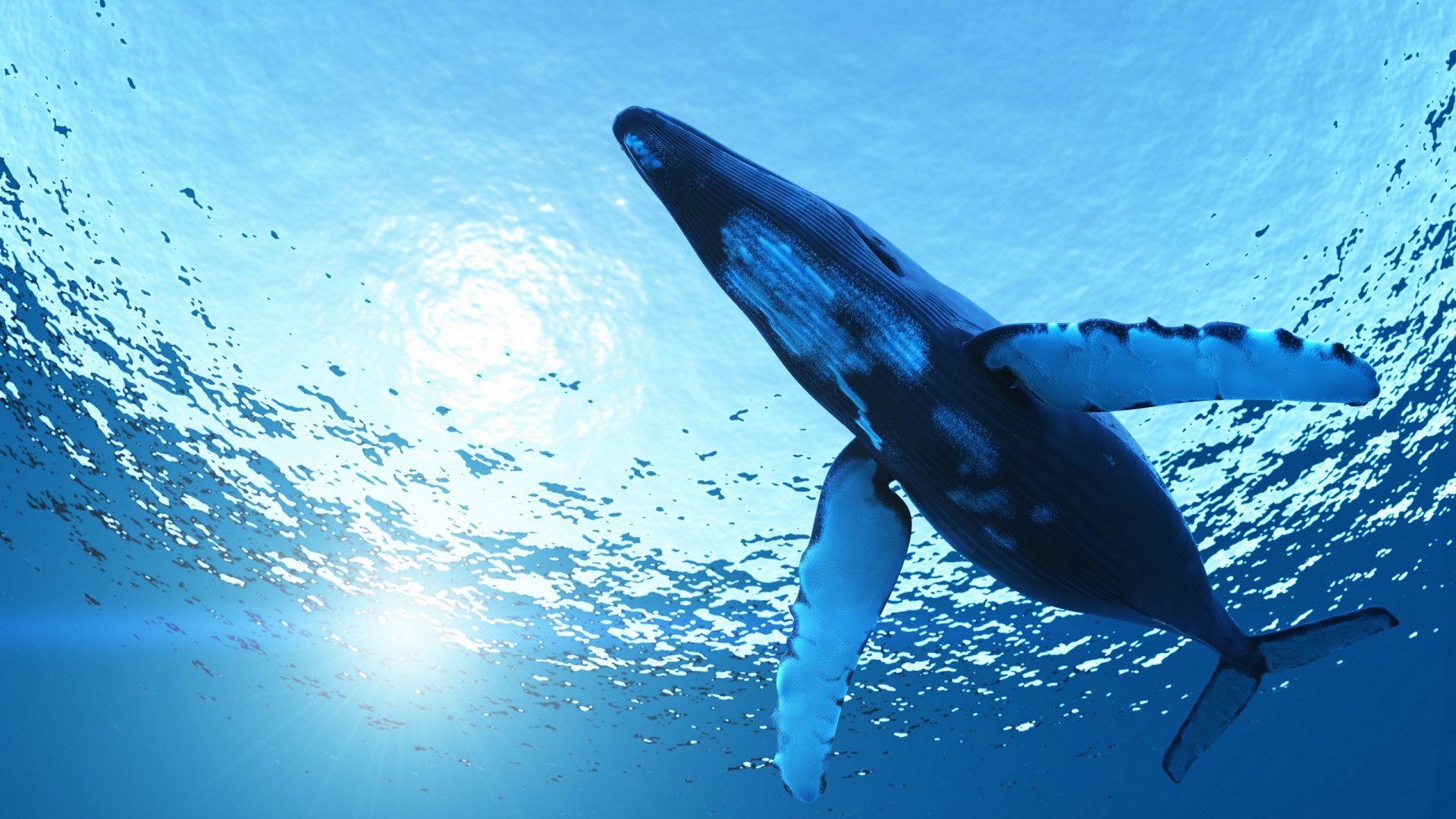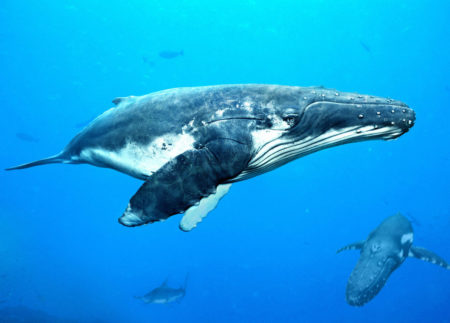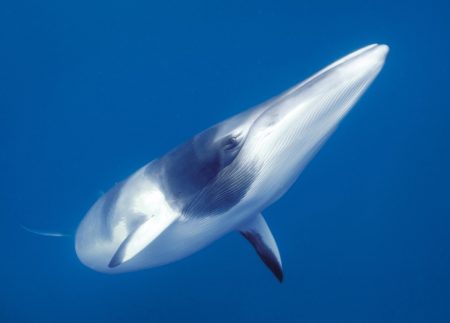KEY QUESTIONS
- Are mysticetes more susceptible to E&P industry sound than other animals because of overlap between their hearing ranges and industry sources?
- Can the hearing abilities of large whales be estimated from ear anatomy?
- Can the hearing abilities of large whales be estimated by monitoring neuron discharges as the brain processes incoming sound?
- What steps, and in what order, should industry take to obtain the first hearing data on large whale species?

SUMMARY
Regulators must often make decisions in the absence of essential information. The mysticetes (baleen whales) are of particular regulatory concern because these animals depend on sound for social communication, have global distributions, and are vulnerable because of past commercial whaling.
Industry’s main concern is that the most sensitive hearing range of whales overlaps with the dominant airgun frequencies, making them one of the groups most susceptible to airgun exposure impacts. No mysticete hearing data presently exist to inform industry risk assessments or to set science-based safety zones. The difficulty and cost of obtaining whale-hearing data in the wild requires a comprehensive research strategy before starting the research.
A coordinated research strategy that identifies and combines possible technical approaches to this problem is necessary to obtain critical data on hearing in large whales. This project recommends a research strategy for the Joint Industry Programme on Sound and Marine Life, which would benefit all stakeholders. Research priorities and recommendations were grouped into four research areas:
- sound production and communications,
- responses of free-ranging whales to sound,
- neuro-physiological responses to sound, and
- anatomy and anatomy-based modeling.
Objectives and methods
The contractor used her experience as a hearing researcher, existing literature, and interviews with other hearing researchers to write a strategy that contains all the above elements. This was a desktop study only.
Importance
This work outlined a four-part strategy for assessing the hearing capabilities of mysticete whales. Two aspects of the strategy outlined in the Final Report were used to inform Programme decisions to subsequently fund two new projects in this area. Carrying out the recommended actions will contribute to identifying potential functional groupings, developing predictive models of auditory function, and ultimately predicting the active acoustic space of mysticetes to inform risk assessments and develop mitigation protocols.


